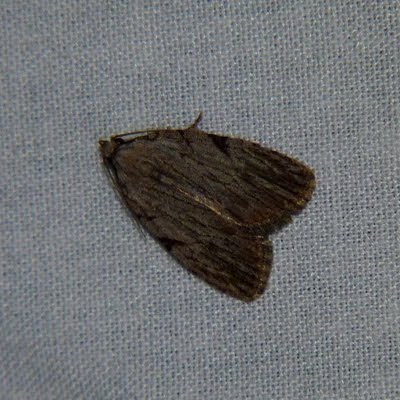Last week I did some mothing for the first time since April. I had not meant to wait that long since my last session, but after several futile sessions in March and early April, I wanted to wait for the weather to warm enough to get more moths moving. Then May had some prolonged stretches of rainy weather, which made it difficult to find good nights to put the light out. Last week, though, I got started again and set up the black light and sheet for three hours. And what a night it was! I have not identified all of the moths yet, but I think I photographed about 30 species at the sheet. Here are a few highlights.
Moths this large look almost as if they should have a personality. Despite its fierce appearance, it was fairly docile and sat still around the sheet for most of the evening.
Speckled Rustic (Caradrina multifera).
Three-lined Balsa Moth (Balsa tristrigella).
Grey Pug (Eupithecia subfuscata). A lot of Eupithecia species look very similar to each other. This species seemed like the best match, but it could easily be something else.
This American Idia (Idia americalis) was my first of its kind, though I have seen its sister species, Common Idia (Idia aemula) numerous times. According to Covell, American Idia feeds on lichens while Common Idia feeds on dead leaves. Since there are more dead leaves than lichens in the yard, that might explain the difference in abundance.
I will post another installment with some of the micromoths soon. Each of the photos above links through to a larger image on Flickr, and I have links to further resources about each species on its photo page there.









